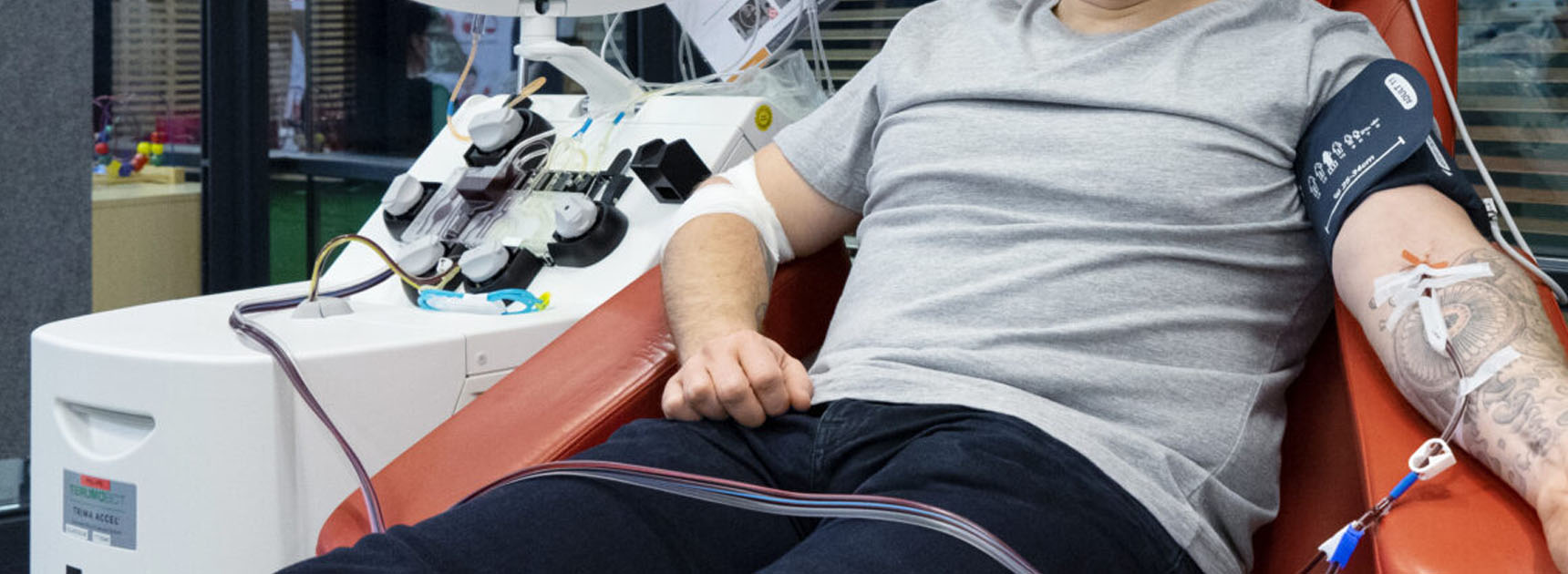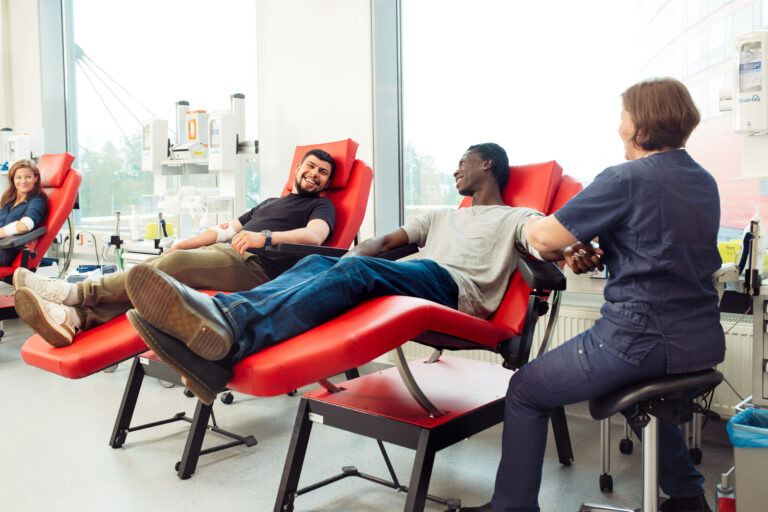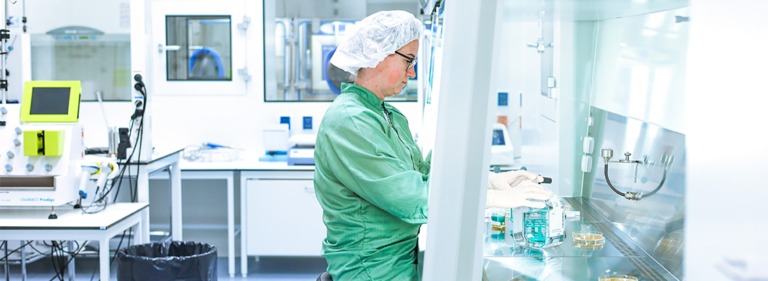The Blood Service resumes plasma collection
It will soon be possible to donate plasma at the Blood Service when plasmapheresis will be resumed after a break of several years. There is a shortage of plasma raw material in Europe and the use of plasma-derived medicinal products is increasing. Plasma can be donated at the Blood Service’s new donation facility at Jumbo-Flamingo, to be opened in January.

In recent years, there has been growing concern in Europe about the sufficiency of plasma for the manufacture of medicinal plasma products. The COVID-19 pandemic further reduced the availability of plasma, at the same time as the need for plasma as a raw material for plasma-derived medicinal products has increased.
Most of the world’s plasma is currently collected in the USA – Europe’s self-sufficiency in plasma raw material is only about 60%. For several years now, there has been a shortage of medicinal plasma products, especially immunoglobulin products, in Europe. Immunoglobulins are widely used in various diseases; in patients with antibody deficiency, they are the only treatment option.
For its part, the Blood Service is responding to the situation by launching plasmapheresis operations in early 2024. Plasma donation will be possible at the new donor centre in the Jumbo-Flamingo shopping and entertainment centre in Vantaa, where blood donation operations will be moving from the Kivihaka donor centre in Helsinki in January 2024.
Plasma donors are needed
Plasma is also separated from whole blood, but plasmapheresis allows more plasma to be collected at a single session, approximately 750–850 ml. When separated from whole blood, the volume is approximately 250 ml.
Plasma donation takes about 45 minutes, and plasma donations can be made up to every two weeks. The donor must weigh a minimum of 60 kg and a sufficient period of time must have elapsed since the previous donation (30 days for men and 45 days for women for blood donation, and 14 days for apheresis donation). At Blood Service, donors can also donate platelets mechanically in a process called thrombapheresis.
Suitability for donation mainly follows the criteria for whole blood donation, but deferral periods related to travel, for example, do not need to be followed in plasma donation.
Appointments for plasma donations will open for booking at the beginning of February 2024 on the Blood Service website.
Plasma products are manufactured abroad
The plasma collected in Finland is delivered to Blood Service’s partner Takeda at its plasma pharmaceutical company in Austria, where it is used to produce medicinal products for use by patients in different countries. The sales revenue from plasma is approximately one tenth of the Blood Service’s revenue and, thus, it also forms a part of the funding of all blood supply operations in Finland.
Finnish hospitals order plasma products needed in patient care from pharmaceutical distributors operating in Finland.
Resuming plasma collection operations is a significant investment, and the Blood Service has received support for the costs from the National Emergency Supply Agency.
“This is a very important move for us, as it strengthens the national security of supply for plasma and enables Finland to participate in the collection of raw material for plasma-derived medicinal products and thus increase plasma self-sufficiency in Europe,” says Jarkko Ihalainen, Medical Director at Finnish Red Cross Blood Service.



